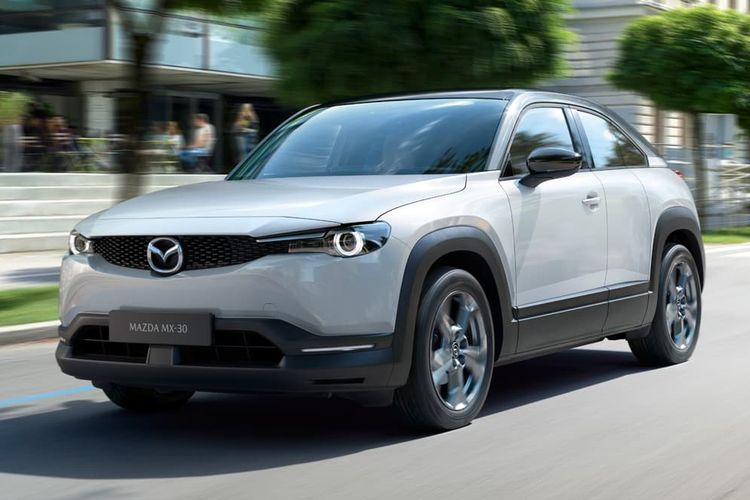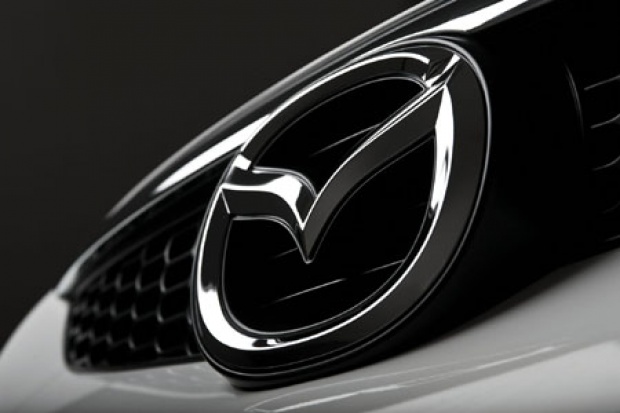Mazda, the Japanese automaker renowned for its beloved MX-5 Miata, is embracing the electric future with its fifth-generation model. According to a report from Motortrend, the next version of the MX-5 is confirmed to be electrified, marking a significant shift in the iconic roadster’s long-standing tradition.
Since its inception in 1989, the MX-5 Miata has been celebrated for its agile driving experience, proving that power and torque aren’t everything when it comes to enjoying the open road. Throughout four generations of cars, the MX-5’s essence has remained consistent—a compact two-seater with a front-engine, rear-wheel-drive setup, and the option of a manual gearbox. The car’s lightweight design not only ensures precise handling but also promotes fuel efficiency and tire longevity.
With the upcoming fifth-generation MX-5, Mazda’s engineers aim to maintain the cherished ride and handling characteristics while transitioning to an electric powertrain. However, the shift to electrification poses challenges, especially concerning the added weight of battery packs. The current MX-5 boasts a remarkable weight of just 2,403 lbs (937 kg), a rarity in modern vehicles. Yet, a high-capacity battery needed for an electric roadster is likely to substantially increase the overall weight, potentially impacting the car’s performance and braking dynamics.
While some devoted Miata fans might raise concerns about an electric MX-5, it’s essential to recognize that electric motors themselves possess inherent advantages, such as their lightweight nature and high torque output. Instead, it’s the battery technology that presents a hurdle in maintaining the MX-5’s signature agility. To get insights into what the electric MX-5 might look like, we can refer to Mazda’s Vision Study Model concept car from the previous year.
Mazda has already set a goal to electrify its entire product range by 2030, but the debut of the next-gen MX-5 is expected well before that, with a scheduled release in 2025. Collaborating with Rohm for developing electric powertrains and relying on Envision AESC for battery supply, Mazda is navigating the complex world of electric mobility.
The Mazda board in Hiroshima, however, still faces the decision of opting for a fully battery-electric vehicle (BEV) or exploring alternatives such as a plug-in hybrid or a traditional hybrid setup. Either of these choices would still introduce added mass and complexity to the nimble roadster. However, there remains a glimmer of hope for enthusiasts yearning for a manual gearshift experience—a parallel hybrid option might offer a last chance to preserve that classic driving connection.
As Mazda steers towards electrification, they undoubtedly face a delicate balancing act: retaining the essence of the MX-5 Miata’s driving pleasure while embracing the advancements in electric technology that promise a cleaner and more sustainable future for automotive enthusiasts worldwide.



